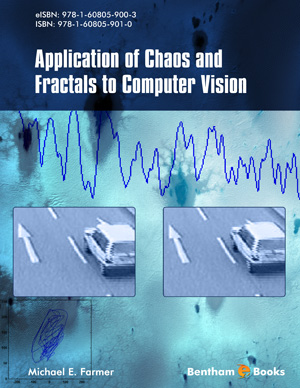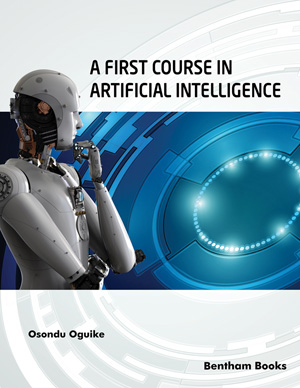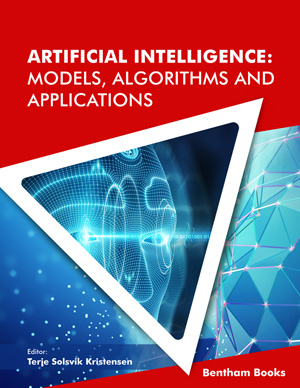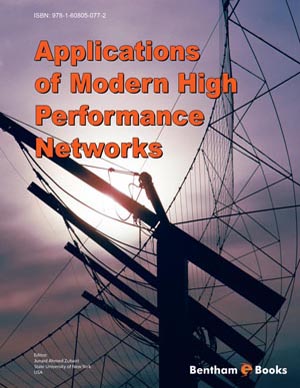Abstract
Image registration is a critical upper level vision task for many applications, as is the related task of object tracking. One of the simplest tracking algorithms is the correlation tracker which does not require prior object segmentation to successfully estimate motion parameters of possible objects of interest. For image registration there are two classes of algorithms, landmark or point-based and pixel-based. Pixel-based methods are popular in applications where reliable detection of landmark points is not feasible. As with the other computer vision tasks defined in the text, the performance of these pixel-based methods is sensitive to illumination change between the image pair being registered. Unfortunately illumination change is quite common in image registration problems, particularly in outdoor scene tracking. The popular measure of Mutual Information has been widely accepted as the standard measure for image registration; however, it is sensitive to illumination change. The chaos-based measures such as the Box Counting dimension and the Information Dimension will be applied to the image registration problem. The results obtained by these methods will be shown to be superior to the results provided by the traditional measures.
Keywords: Registration, mutual information, voxel-based registration.




















